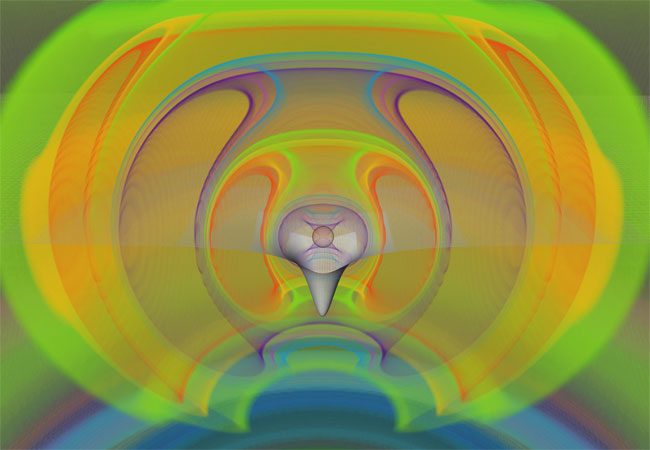
A tightly wound-up magnetic field used as initial state in the simulation. Credit: K. Gourgouliatos, R. Hollerbach, U. Durham, U. Leeds
A study of the evolution of magnetic fields inside neutron stars shows that instabilities can create intense magnetic hot spots that survive for millions of years, even after the star’s overall magnetic field has decayed significantly. The results will be presented by Dr Konstantinos Gourgouliatos of Durham University at the European Week of Astronomy and Space Science (EWASS) in Liverpool on Wednesday, 4th April.
When a massive star consumes its nuclear fuel and collapses under its own gravity in a supernova explosion, it can result in a neutron star. These very dense objects have a radius of about 10 kilometres and yet are 1...
Read More









Recent Comments